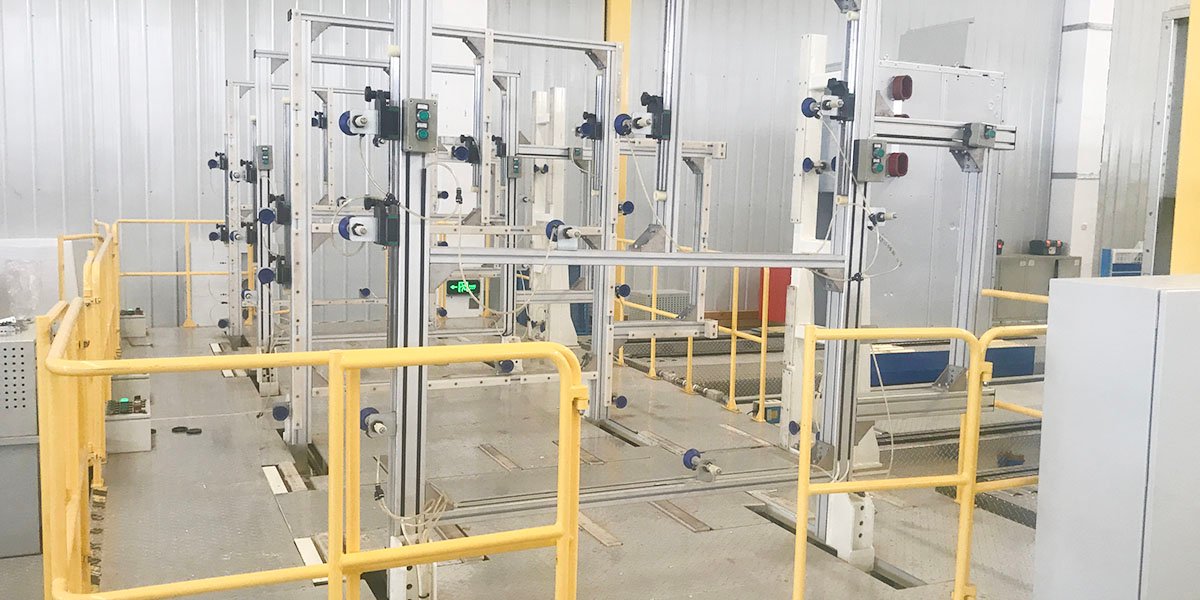Switchgear cabinet assembly equipment

The switchgear assembly production line, specifically the cabinet assembly equipment, is a critical component in the manufacturing process of electrical switchgear. This equipment is designed to efficiently and accurately assemble the various parts of switchgear cabinets, which are essential for the safe and reliable distribution of electrical power.
Here is an introduction to the cabinet assembly equipment used in switchgear assembly production lines:
The Switchgear Cabinet Assembly Equipment is a specialized machinery suite that plays a pivotal role in the construction of switchgear cabinets, which are the backbone of electrical power distribution systems. These cabinets house critical components such as circuit breakers, disconnect switches, and other protective gear, ensuring the safe and efficient flow of electricity.
Key Features of the Switchgear Cabinet Assembly Equipment:
- Precision Engineering: The equipment is engineered to ensure high precision in the assembly process, with the ability to accurately align and secure components to meet the strict tolerances required for switchgear construction.
- Versatility: The assembly equipment is versatile, capable of handling different cabinet sizes and configurations to accommodate a wide range of switchgear designs and specifications.
- Automation: Many modern assembly lines incorporate automated systems for tasks such as drilling, cutting, and fastening, which not only increase efficiency but also reduce the potential for human error.
- Material Handling: Integrated material handling systems facilitate the smooth movement of cabinet parts and components along the production line, reducing manual labor and enhancing workflow efficiency.
- Quality Assurance: The assembly equipment often includes built-in quality checks and monitoring systems to ensure that each cabinet meets the required standards before proceeding to the next stage of production.
- Safety Compliance: The equipment is designed with safety features to protect operators and prevent accidents, such as emergency stop functions, protective guards, and secure fastening mechanisms.
Assembly Process Overview:
- Preparation: The initial stage involves the preparation of raw materials, including cutting and shaping of metal sheets to form the cabinet’s structure.
- Frame Assembly: The frame of the switchgear cabinet is assembled using precision jigs and fixtures, ensuring a sturdy and square foundation for the cabinet.
- Component Installation: Key components such as busbars, insulators, and mounting brackets are installed within the cabinet frame, with careful attention to alignment and secure fastening.
- Cabinet Closure: Doors, panels, and other closures are fitted and secured, with the equipment ensuring a tight seal to prevent the ingress of dust and moisture.
- Final Inspection: Each assembled cabinet undergoes a thorough inspection to verify that all components are correctly installed and that the cabinet is ready for further assembly or testing.
- Output: The completed switchgear cabinets are then moved to the next stage of production, which may include the installation of electrical components and final testing.
